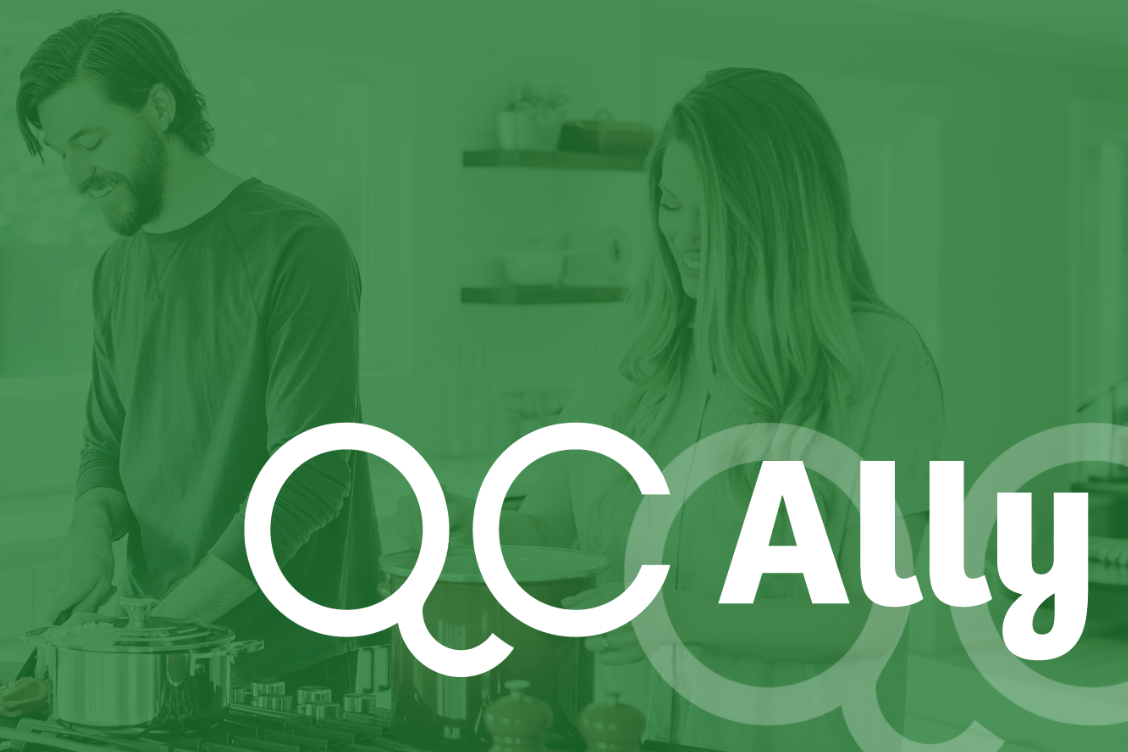Blog: Q4 Quality Control Calibrations: Are you ready?
Beginning in the 4th Quarter of 2022, Fannie Mae will conduct Quality Control (QC) calibrations of their lender partner’s QC results for review accuracy and assigned severity levels on a regular basis across the industry.
Are you ready? We have some tips to help you prepare.
Give me the Cliff Notes.
Fannie Mae requires lenders to implement QC programs for identifying deficiencies and applying risk ratings to any deficiency found in the loan process (Seller’s Guide Part D1). On June 22, 2022, Fannie Mae introduced a new lender calibration initiative, which will begin 2022 4th Quarter.
The new calibration will be a deep dive into a lender’s quality control process and results. The calibration aims to highlight the strengths, weaknesses, and accuracy of the QC process.
What is a calibration?
It is the process of evaluating and comparing a lender’s QC outcomes to confirm the accuracy of the results.
How will the process change?
In the past, Fannie Mae has completed calibrations as needed. For example, they focused on net defect rates and if results were achieved with quality and accuracy. Going forward, they will complete calibrations on a regular basis as part of a lender’s overall QC assessment, including QC results and severity levels assigned. Fannie Mae wants to ensure that the lender partner is aligned properly with their audit review requirements and risk associated with the loans being reviewed in QC either by the lender or use of a third-party vendor.
How will a lender be selected?
Fannie Mae will use risk and volume-based selection criteria when considering lender selection. All lenders will be included in the selection population.
Fannie Mae said calibrations will be conducted on top 50 lenders annually and 51-100 roughly once every 3-5 years. They may also conduct a QC calibration if they have concerns with loan quality performance from a lender.
How do I prepare for the potential to be selected?
Our COO & President Donna Gibson has been meeting with and helping QC Ally client partners prepare. She recommends:
- Ensuring you have a robust, documented, and compliant QC process from beginning to end.
- Ensuring you are validating your QC audit results whether the results come from an in-house QC team or from a third-party QC vendor.
- Preparing additional training for your in-house QC team as well as providing feedback to any third-party vendor involved in the process as applicable.
- Partnering with a QC vendor that has a demonstrated history of accuracy and quality through a partnership of technology and human expertise throughout the entire lifecycle of the loan, like QC Ally.
- Knowing if a QC vendor understands tech-enabled enterprise loan quality across multiple lenders.
- Understanding where a QC vendor is geographically located, including 100% in the US, like QC Ally, offshore, or a mix.
- Partnering with a QC vendor who understands that the partnership between tech-enabled services and trained human assistance is a balance — industry experience and knowledge are key along with a technology platform both the vendor and lender can communicate together in!
Want to learn more? Fannie Mae provided highlights of its QC calibration process at https://singlefamily.fanniemae.com/news-events/quality-insider-quality-control-calibration-manage-quality-risk. QC Ally is here to take the fear out of the Fannie Mae QC calibration through enterprise tech-enabled loan quality and audit services. Reach out to us for preparation and action plans that fit your unique needs the entire lifecycle of the loan.


